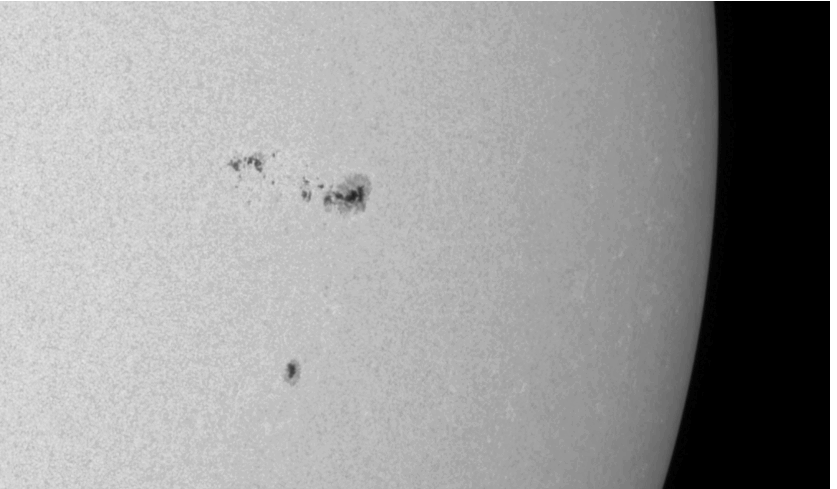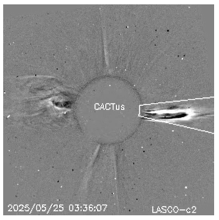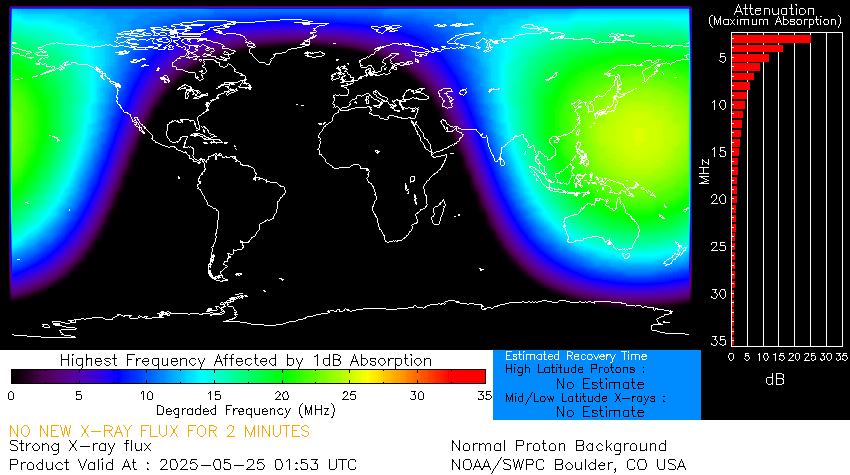Yesterday morning, 24 May, NOAA 4098 (SIDC Sunspot Group 506 ) was still a small sunspot group consisting of just a few tiny sunspots. In the course of the UTC afternoon, its leading portion started to develop. By midnight, this mature sunspot had a small magnetic delta structure in its southeast penumbra and on 25 May, at 01:52UTC, it produced an X1.1 flare. The SDO/HMI white light images underneath show the evolution of NOAA 4098 on 24 May at 06:00, 12:00, 18:00 and 24:00 UTC.

The clip underneath shows the NOAA 4098 in white light, then overlaid by a magnetogram, then in extreme ultraviolet resp in AIA 1700 and in AIA 131. The magnetogram show the location of the delta, and the EUV images show that the X1 flare took place right over this delta structure. The blooming and diffraction patterns in the AIA 131 image are instrumental (more information is in Note 1 of this STCE newsitem). Further M- and X-class flares can be expected from this active region as long as the delta structure persists.

The proton flux has remained at background levels. Radio observations showed only a Type III burst around the time of maximum (e-Callisto Australia/ASSA), not indicative of a coronal mass ejection (CME) that may be associated to this event. Also EUV imagery showed only some weak darkening to the west of the blast area. Coronagraphic images (SOHO/LASCO) indicated a fast and narrow CME to the west, first seen on 25 May at 02:48UTC. As the SIDC space weather forecaster wrote in the PRESTO: "A narrow associated Coronal Mass Ejection (CME) was observed in LASCO/C2 coronagraph imagery around 02:15 UTC on May 25, lifting off the west limb. The CME is propagating to the west, with an estimated projected velocity of 675 km/s. It is not expected to impact Earth."

The X-class flare affected the lower frequency portion of the High Frequency communication band (HF Com ; 3-30 MHz) mainly over the western portion of the Pacific Ocean, east and south-east Asia, Australia and New-Zealand. An advisory to civil aviation has been issued (PECASUS/CRC). The effects of the flare on HF Com can be seen in the D-RAP map underneath (NOAA/SWPC).






